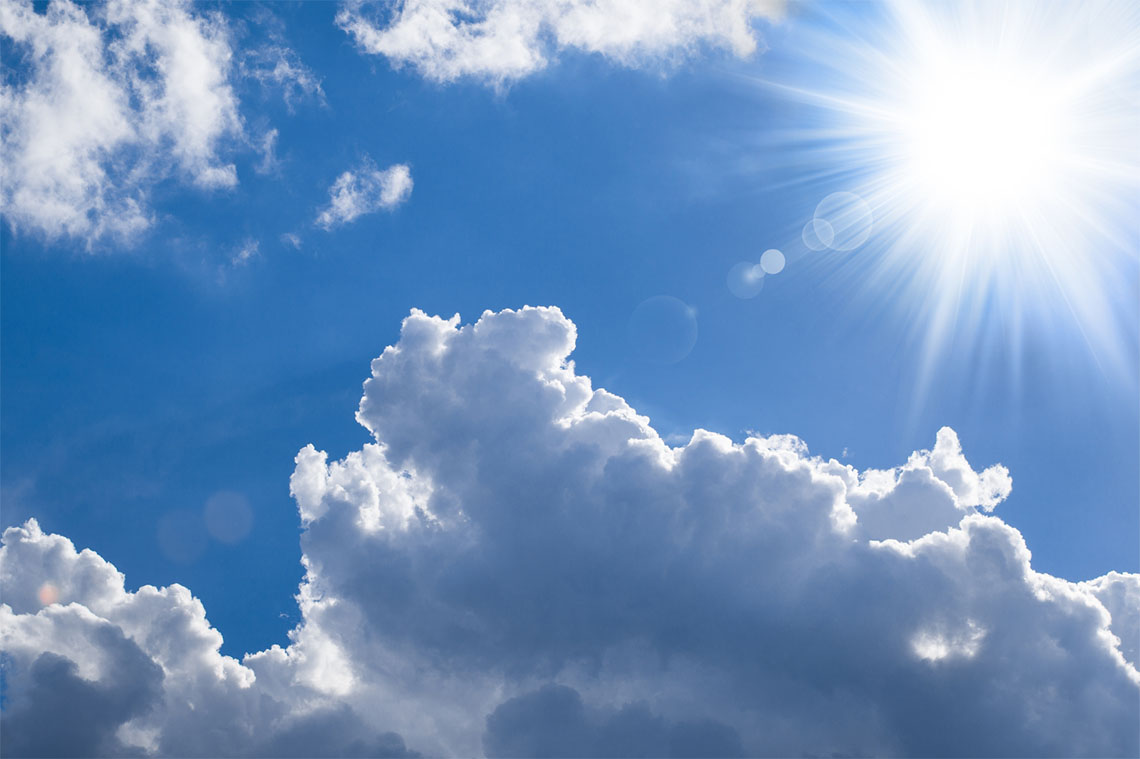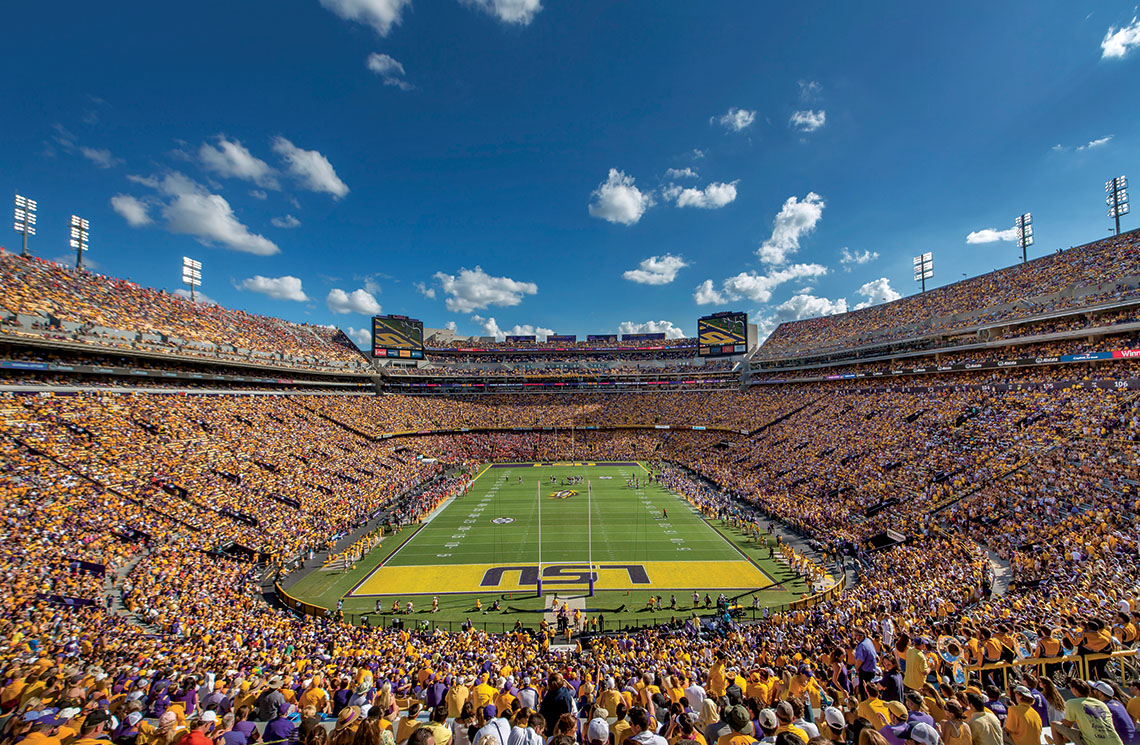High Heat and Training Camp: What Summer Heat Means for Athletic Training
August 09, 2023

BATON ROUGE - Summer in Baton Rouge is a little like winter in other parts of the country—a time to head indoors and enjoy activities in a climate-controlled setting. This summer that is truer than ever.
Over the last 60 days, ending on July 30th, the average high temperature in Baton Rouge was 96.3 degrees Fahrenheit, compared to the average of 91.1, according to Department of Oceanography & Coastal Sciences Associate Professor Paul Miller.

– Photo Credit: Christine Wendling
But, even in sweaty south Louisiana, there are some activities that require participants to stay outside in the heat. Not the least of these: football. Even as the August heat swelters on, football training camps ramp up in preparation for the fall season.
Outdoor training in high heat, especially like the temperatures the area has seen this year, is not without its risks, said Department of Environmental Sciences Professor Vince Wilson. “It impacts all sorts of physiology functions,” he said.
Wilson said there is no exact ambient temperature at which the human body begins to overheat. “It varies from individual to individual. Some of it depends on how the individual is pushing.” Ambient conditions do play a role as well. Not only temperature but humidity can affect the way a body cools itself. Drier conditions allow sweat to evaporate faster, allowing for more cooling. Humidity makes that process more difficult.
“With high heat and humidity, like what we experience here in Louisiana, it can be easy to get overheated,” he said.
Training Safely
Neil Johannsen, a professor of Kinesiology and Scientific Director for Exercise Testing and Intervention at the Pennington Biomedical Research Center, studies exercise science and has worked with the LSU Athletic Department to better understand ways to help athletes cope with extreme heat during training. He said keeping athletes healthy in high temperatures is all about heat balance, making sure the body is balancing environmental heat with the metabolic heat generated during exercise. This is accomplished through sweating.
During practices, he said, LSU football players are monitored closely. “They do a lot of indoor practices when it's really scalding hot. They give them extra breaks. They let them take the pads off and get underneath a bunch of fans, which instantly cools you off,” he said.
Johannsen said there are two factors that any athlete needs to consider when training in higher temperatures. First, is acclimatization, he said. Players need to be used to playing in the heat. LSU players do practice outside during training camp, so their bodies are used to Louisiana’s heat. The second is hydration. And, he said, “water alone really is not a very good hydration beverage. It's got zero electrolytes in it.” Johannsen recommends athletes prepare for outdoor training by eating a healthy meal 3 to 4 hours prior to training, add extra salt, and then begin to hydrate.
While training outside in South Louisiana may never be comfortable in summer, Miller noted there is a chance that things may get better.
He said that this year’s heat streak beat Baton Rouge’s previous record holder, 1960, by a full degree. However, he noted, the following year—1961—was the coolest June and July ever recorded in Baton Rouge. “Maybe 2024 will be a breath of cool air for Southeast Louisiana,” he said.